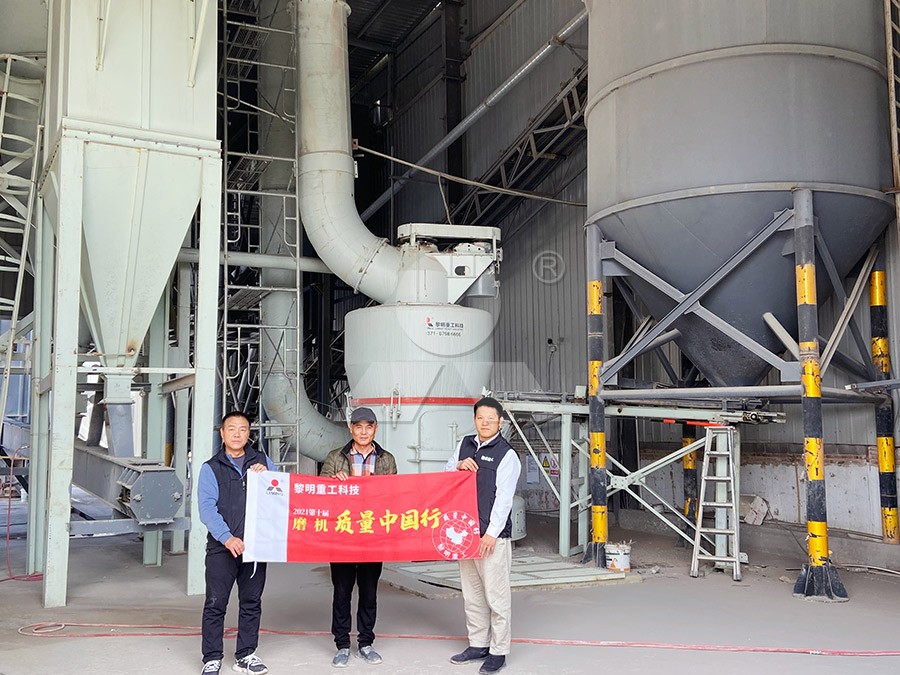Key Parameters to Consider When Choosing a Limestone Mill for Optimal Grinding Performance
Introduction
Selecting the right limestone mill is crucial for achieving optimal grinding performance, energy efficiency, and product quality. With various grinding technologies available, understanding key parameters ensures you invest in equipment tailored to your production needs. Below, we outline critical factors to evaluate when choosing a limestone mill, along with recommendations for high-performance solutions from LIMING.
1. Feed Size and Capacity Requirements
The input size of raw limestone and desired throughput (tph) are primary considerations. For fine or ultrafine grinding (e.g., 325–2500 meshes), mills like the MW Ultrafine Grinding Mill excel with an input size of 0–20 mm and a capacity range of 0.5–25 tph. Its advanced grinding curves and cage-type powder selector ensure high precision for applications in chemicals, cosmetics, and food additives.

2. Energy Efficiency
Modern mills prioritize lower energy consumption without compromising output. The LUM Ultrafine Vertical Grinding Mill reduces energy use by 30–50% compared to traditional mills, thanks to its multi-head powder-separating technology and PLC-controlled grinding pressure. This makes it ideal for large-scale limestone processing with an input size of 0–10 mm and capacity of 5–18 tph.
3. Fineness Adjustability
Flexibility in particle size distribution is vital for diverse applications. The MW Ultrafine Grinding Mill offers adjustable fineness between 325–2500 meshes, while the LUM mill’s German-derived separator ensures consistent d97≤5μm outputs. Both mills cater to industries requiring ultra-fine powders, such as pharmaceuticals or advanced materials.

4. Maintenance and Durability
Look for mills with minimal rolling parts and external lubrication systems. The MW mill’s “no rolling bearing” design eliminates screw-related failures, while the LUM mill’s reversible structure simplifies roller maintenance. Both feature digitalized manufacturing for precision and long-lasting components.
5. Environmental Compliance
Eco-friendly operation is non-negotiable. LIMING’s mills integrate pulse dust collectors (e.g., MW mill) and noise-reduction technologies, ensuring compliance with international environmental standards. The closed-system designs prevent dust leakage, critical for clean production.
Recommended Solutions
For ultrafine limestone grinding, the MW Ultrafine Grinding Mill stands out with its 40% higher yield than jet mills and energy-saving features. For vertical grinding efficiency, the LUM Ultrafine Vertical Grinding Mill combines Taiwan roller technology with German separation precision. Both models are backed by LIMING’s comprehensive spare parts support and worry-free operation guarantees.

Conclusion
Choosing the right limestone mill hinges on balancing feed size, capacity, energy use, and environmental impact. By leveraging advanced technologies like those in LIMING’s MW and LUM mills, operators can achieve superior grinding performance while minimizing operational costs. Contact our team to explore the best fit for your limestone processing needs.
